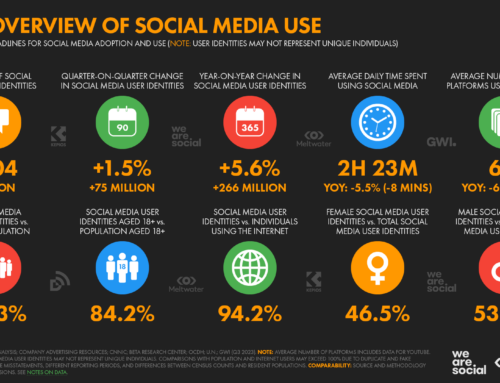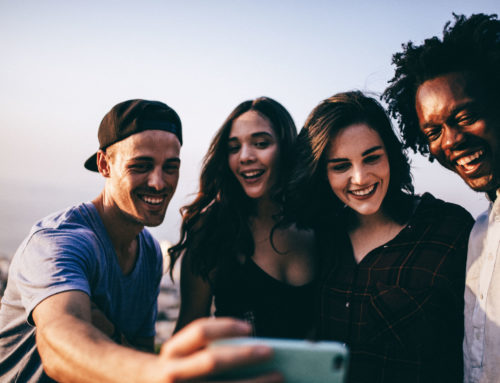
Earlier today, we presented a new webinar on the big social media trends that are most important for nonprofit communicators to see and embrace. Here are those five trends . . .
1. Video or Flipbook Content (Carousels and Stories) as the Primary Format
Across all social media (not just nonprofits), the most engaging type of content is short-form video. In many cases, that video is someone speaking directly to the camera.
Every nonprofit communicator knows they need to do more video, but . . . . it’s hard! We encourage you to stop thinking about video as a big project that ends in a several-minute YouTube masterpiece and instead figure out how you get people on staff to give you more like 5-20 second clips. That’s all you need!
Stories and Carousels can come to the rescue for those of you where direct to camera is just not happening. These are multi-slide content that act like little flipbooks. They produce the same kind of response that you get to video when someone is swiping through the panels.
Here are two examples of carousels that don’t require video from Greenpeace and Red Cloud Indian School (they appear as videos here, because we screen captured the swiping for you):
2. Trending Audio Versus Hashtags to Connect to Others
Hashtags have often been thought of as a way for others to find your content. But the reality is that they don’t actually function that way on platforms like Facebook and Instagram especially. Instead, we encourage you to use hashtags that are less about people finding your content and more about people finding each other.
For example, during the pandemic, Girl Scouts used #GirlScoutsatHome to have scouts share ways they were carrying on with scouting while everything was shut down. Girls were able to see what other girls were doing and feel less alone at home.
Make-A-Wish uses #WorldWishDay for one of its signature fundraising campaigns. They share content and so do their wish-granting partners. But you’ll also see a lot of other community members using it too, talking about wishes they’ve been involved in.
Don’t use hashtags to just label the topics of your posts. Think through the community and brand aspects of your hashtags.

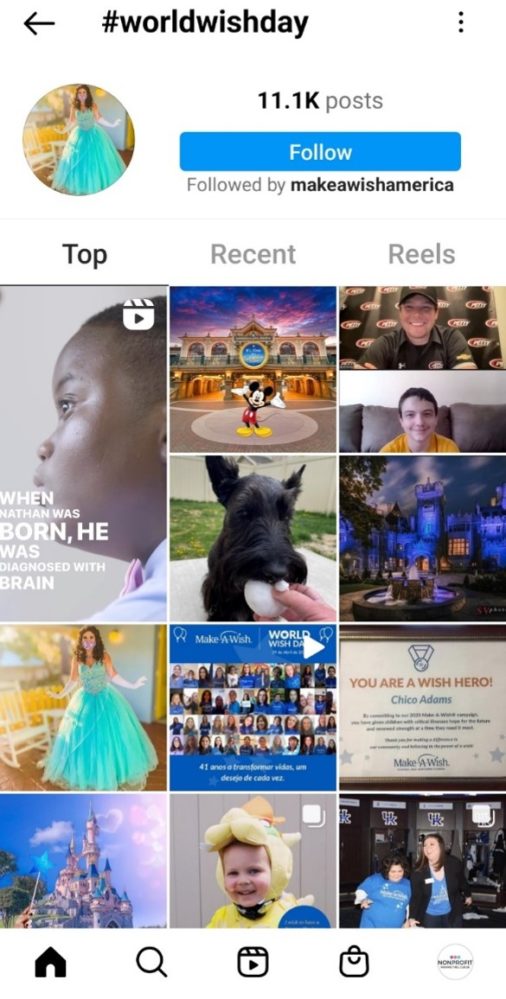
Trending Audio is in many ways playing the role that hashtags used to play. This is especially true on TikTok and Instagram Reels where trending audio is an essential part of the content experience.
Here’s how two different nonprofits, United Way and American Red Cross, used the same trending audio clip (and dance move) — Bruno earworm warning!
Want help keeping up with what’s trending? Follow the @creators account on Instagram.
3. Staying Inside the Platform – Fewer Links Out
It’s no surprise that social media platforms want you to stay on their platform and use their content tools! This has always been true, but we are seeing even more pressure applied here. This means that when you are repurposing content, which you should absolutely still do, you really need to remix it for each platform and upload it directly to that platform.
Here’s an example of how To Write Love on Her Arms does it:
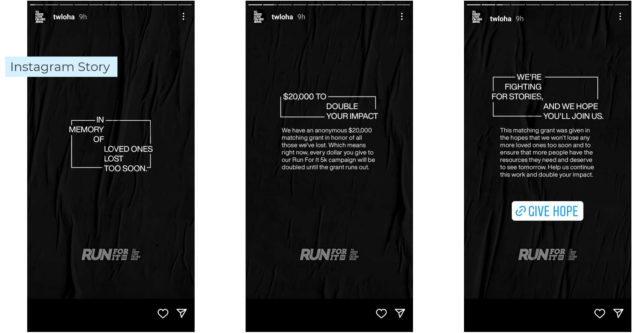
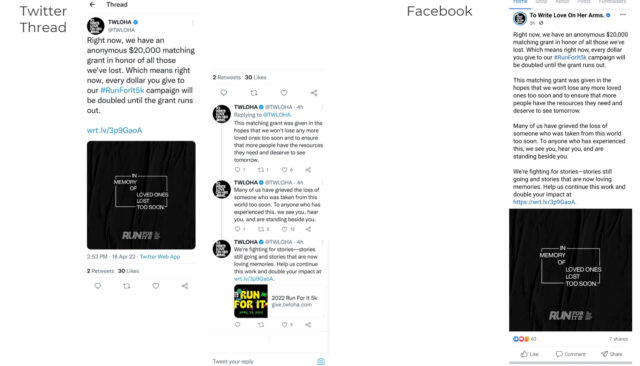
For example, LinkedIn really wants you to use its publishing platform rather than just sharing your blog post links. Meta is not thrilled about you sharing TikToks to Instagram and Facebook and will not be showing as many of those in recommended content. Posts with links get much less organic traffic on Facebook, which is why you may have noticed more people saying “link in comments.”
There are exceptions, of course. Sharing between Instagram and Facebook is fine (since Meta owns both). Links still work great where the platforms ask for them, such as in paid ads or ticket sales for events on Facebook. Links are still great on Twitter because it’s positioned as a news source (you start there to get your links, and always come back for more links). But everywhere else, dial back the linking out.
4. Text Overlays Everywhere on Stills and Video
It used to be that Instagram feeds in particular were the domain of gorgeous photography. While that is still true, we are seeing a lot more text overlays on both photos and videos, as well as text-based graphics. Take a look at the mix of posts from Greenpeace and UNHCR and you’ll see the proportion of overlays:
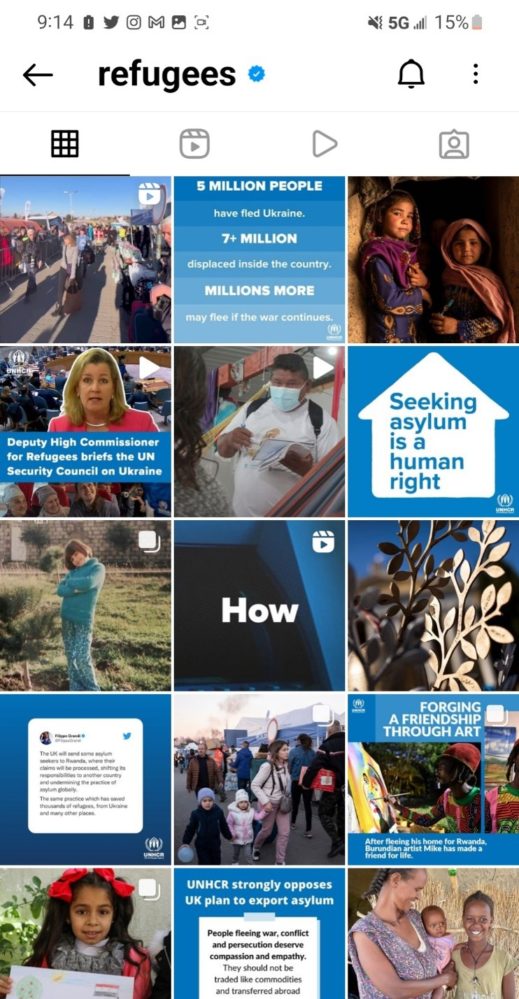
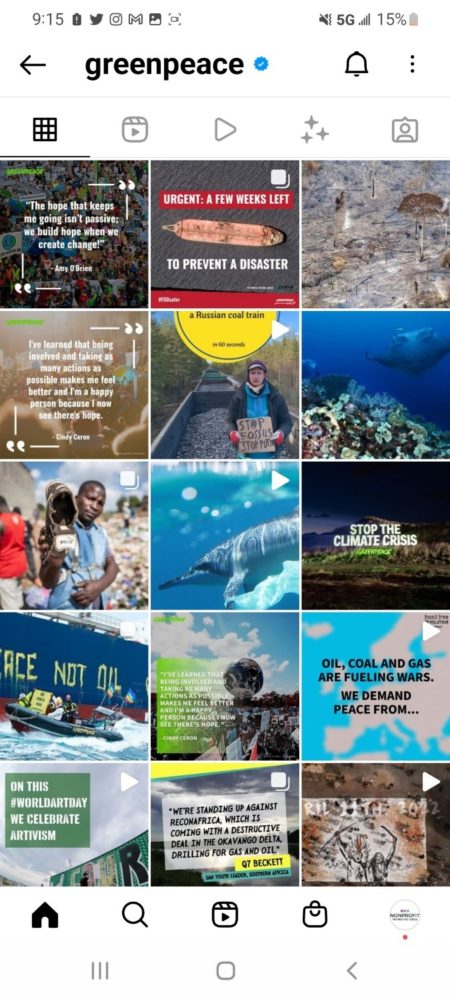
5. Social Media as a Search Engine
We’ve known forever that YouTube is essentially a search engine, but we are now seeing that applied to all of social media. Younger generations in particular use social media as a search engine on brands, meaning they will search for you there before going to Google.
That means you need to think about your social media content strategy in ways that are not unlike how you think about search engine optimization (SEO) for your website.
This is a perfect opportunity for you to do more “explainer” content. Here are three great examples of Instagram feed carousels that are explainers in slightly different formats from Sierra Club and NRDC.
Those are your five trends, but we have a sixth possible one that we are keeping our eyes on . . .
Bonus Trend: Newsletters Delivered Via Social
Both Twitter and LinkedIn want to get into the long-form content delivery space by delivering newsletters. In both cases, people would subscribe to your newsletter via the social platform, which would also deliver the newsletter.
Because nonprofits rely so much on email and print newsletters as a communications staple, we are going to watch this closely to see how it evolves. Will it make sense for you to begin offering your newsletter directly through these channels, maybe even instead of email someday? Stay tuned!
Want More on These and Other Social Media Trends for Nonprofits?
If you would like to access the 30+ page e-book What Nonprofits Should Know About Social Media in 2022 or watch the recording of today’s webinar, become an All-Access Pass Holder. You can access these resources as well as attend all of our live webinars and workshops for the next 365 days. Learn more about the benefits of being an All-Access Pass Holder.


